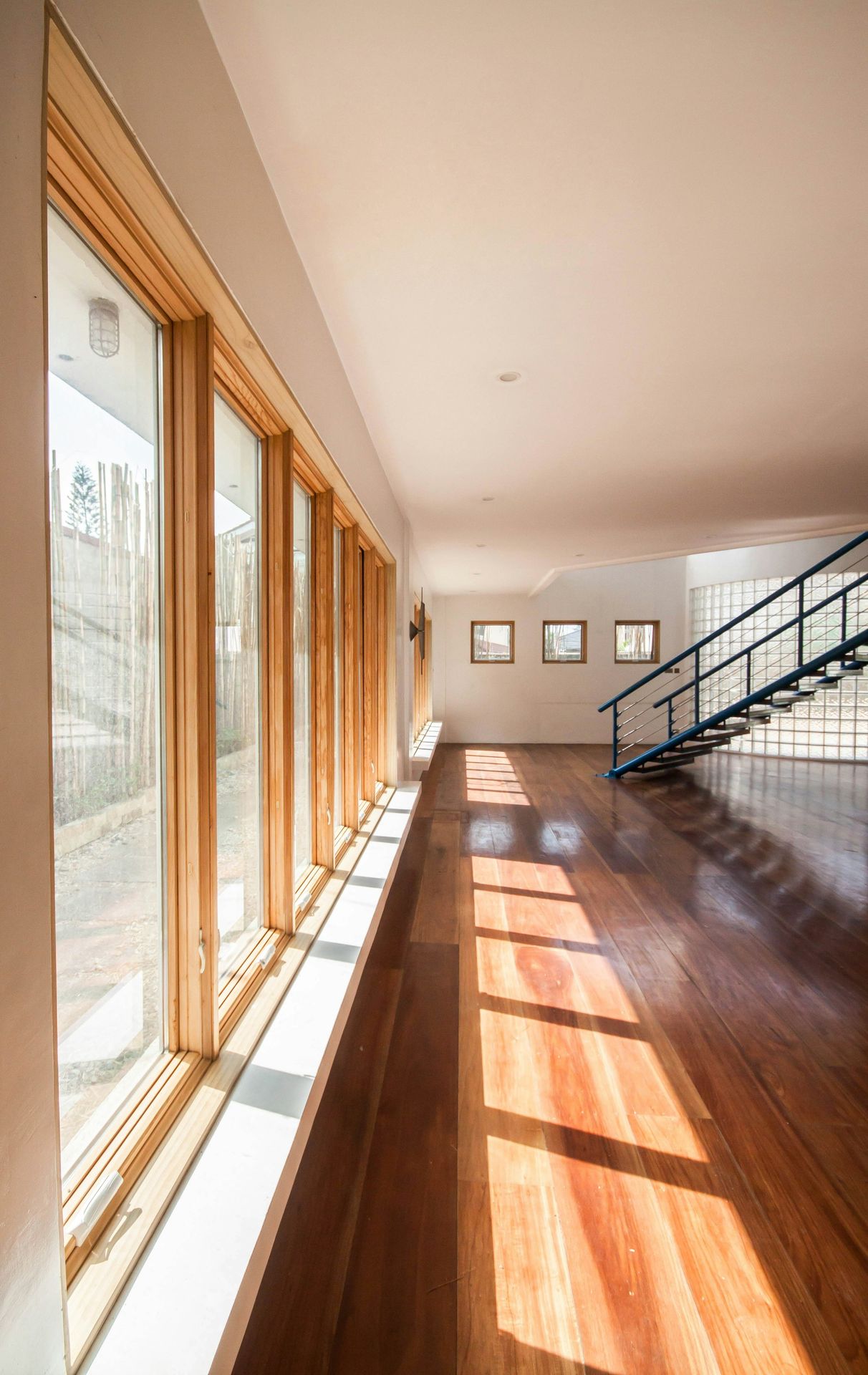What is Low-E glass?
Low-E (low-emissivity) glass has become the standard for energy-efficient windows, now found in 80% of new homes. This invisible metallic coating reduces energy loss by 30-50% while blocking up to 99% of harmful UV rays—all without affecting your view or natural light. If you're shopping for replacement windows, understanding the difference between single and double low-e technology will help you choose the right windows for your climate and get the most value from your investment.
Low-e glass works like a smart mirror for heat. In winter, it reflects your indoor heat back inside, keeping rooms warmer. In summer, it reflects the sun's heat outdoors before it enters your home, reducing cooling costs. This dual-action performance benefits every climate, though the specific coating type you choose matters significantly.

Think of low-e coating as an invisible metallic layer—thinner than a human hair—that acts like a smart filter for different types of light and heat. Regular glass lets heat pass through easily in both directions. Low-e coating changes this by reflecting heat while still allowing natural light through.
The coating contains microscopic silver layers that do the heavy lifting. Silver reflects infrared radiation (heat) exceptionally well while letting visible light pass through. In winter, the coating reflects your indoor heat back inside instead of letting it escape through the windows. In summer, it reflects the sun's heat back outside before it can enter your home.
The result is dramatic: low-e glass can reduce heat loss by up to 70% compared to regular glass, all while maintaining clear views and natural light.
How Low-E Coatings Work
Benefits You'll Notice
with Low-E glass
4-8℉ Difference
Standard windows create cold or hot zones near the glass—areas that can feel 8-12°F different from the rest of the room.
Low-e glass narrows this to just 2-4°F, making spaces near windows comfortable year-round. You can finally use that seat by the window in winter without feeling a chill, and summer sun won't turn your reading nook into a sauna.
Block UV light that fades carpets
Regular glass blocks only 25-40% of UV rays, allowing sunlight to fade your drapes, carpets, furniture, and flooring over time.
Low-e glass blocks 80-99% of UV rays, significantly extending the life of your interior furnishings and preventing thousands of dollars in premature replacement costs.
Reduce Energy Costs by up to 50%
Adding windows with low-e glass reduces energy costs by 30-50% on average. In cold climates, heating costs drop 30-40%. In hot climates, cooling costs decrease 25-35%.
Typical homeowners save $71-$501 annually depending on climate and home size. These savings compound year after year throughout your windows' 20-30 year lifespan.